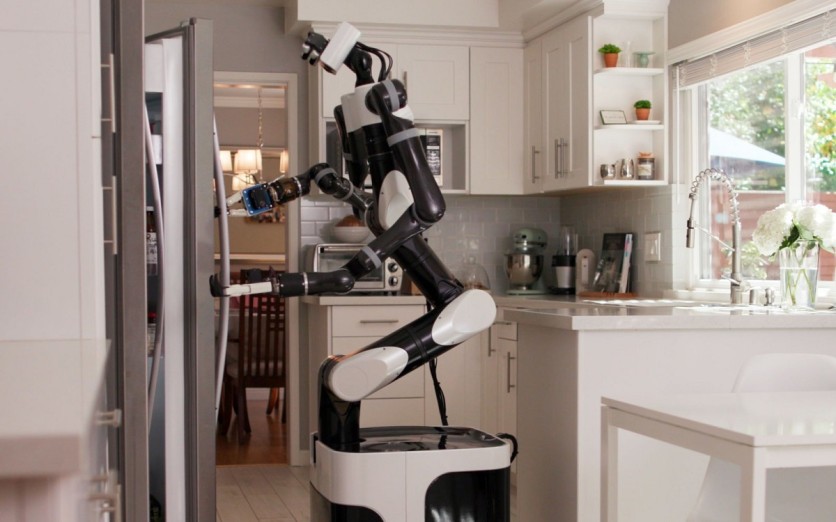
Assistive home robots could significantly improve lives. These bots, for instance, can help with chores and do tasks that humans do.
Training robots to operate in homes, however, poses challenges because each home is unique, with a variety of objects of different shapes and layouts.
Training Robots Using VR
Toyota Research Institute, however, appears to have the solution to current problems in training home helper robots: teach robots how to do different tasks using virtual reality.
TRI is now training robots to fulfill different household tasks by letting humans look through their eyes via virtual reality.
The human teachers see what the robot sees live and in a three-dimensional setting. The teacher can then instruct the robot and annotate the 3D scene, such as associating parts of the scene to a particular behavior.
The system allows robots to be more flexible. The robots do not need a complete map of the house. All they need is understanding the objects relevant to the behavior being performed.
This approach essentially trains the robot how to do arbitrary tasks with a variety of objects instead of being limited to doing tasks that could only be performed in a more controlled setting.
Approach May Have Applications That Extend Beyond Homes
TRI conducts the teaching and testing in actual homes to achieve sufficient capability and reliability, but the approach could have applications that extend beyond homes.
"We believe teaching a robot tasks is a promising first step to achieving our broader vision of Fleet Learning, specifically for assisting and empowering people in their home," TRI said in a statement released on Oct. 3.
"We hope that sharing the progress we have made benefits others throughout the robotics community."
TRI's system is not yet perfect. One of the key limitations in the approach is that taught tasks cannot generalize to other robots or other situations. The system could nonetheless change the way robots learn and how humans can use them in different settings.
![Apple Watch Series 10 [GPS 42mm]](https://d.techtimes.com/en/full/453899/apple-watch-series-10-gps-42mm.jpg?w=184&h=103&f=9fb3c2ea2db928c663d1d2eadbcb3e52)



